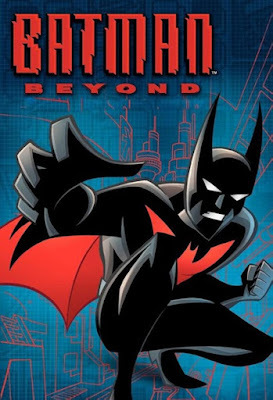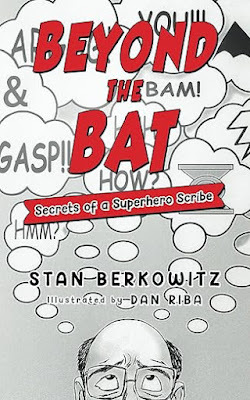Stan Berkowitz, Bat Scribe

I first met Stan Berkowitz inthe rather grubby offices of the UCLA Daily Bruin. I was a gradstudent who thought it would be fun to write about movies for my fellowcollegians, while continuing to crank out serious literary papers for my profs.And Stan was my oh-so-amiable editor. Decades later we re-connected, when heshowed up at one of my book signings. I found out then that—like me—he’d eventuallygone Hollywood. In fact, he insisted that, post-college, he was a candidate forthe same Roger Corman job that ultimately changed my life. As a graduate ofUCLA’s film school Stan doubtless had far better credentials than I did formaking B-movies, Corman-style. After all, he was a budding filmmaker, not anEnglish major. Still, I was female, which doubtless helped me get Roger’s nod.Stan instead found work with Russ Meyer, the auteur behind such deathlesssexploitation flicks as Faster, Pussycat! Kill! Kill! Meyer, unlike Roger, didn’t want womendoing challenging work in his offices or on his sets. He wanted them in frontof the cameras, flaunting their “Guns of Navarone” bazooms, leaving hisall-male crews in a permanent state of arousal.
Following his Russ Meyerstint, Stan eventually found his way into television, He started out writingfor crime dramas like T.J. Hooker, then eventually discoveredhis niche in the wonderful world of superheroes, crafting shows like BatmanBeyond, The New Batman Adventures, Superman: The Animated Series,and Justice League Unlimited, ending up with two Emmys on his shelf. Nowthat he’s old enough to be considered an expert in his field, he’s decided toshare his wisdom in a charming little volume called Beyond the Bat: Secrets of a Superhero Scribe.
In thirteen lively essays, Stanbares his insights on how to succeed in Hollywood. He describes working with acloset racist, trying to create a show for Middle Eastern audiences thatfeatured Muslim superheroes, and struggling to incorporate Old Testamentstories into an animated series for the Christian market. (That chapter istitled: Written by Stan Berkowitz . . . and God.”) He dishes about what it’slike to butt up against a superstar’s vanity. (William Shatner, here’s lookingat you!) In one hilarious chapter, he reveals how to get attention foryour student film. This involves a curvaceous unclad lass and a whole lot ofdonkeys.
Chapter 3, titled “The GreenGroup,” struck a chord with me by merging a story from Stan’s early life with adiscussion of why some people are attracted to superhero characters. Back inthe first grade, when learning to read was at the top of the agenda, Stan’steacher automatically assigned “the little bespectacled kids” to the BlueGroup, on the assumption that they would be fast learners. Stan, though, wasamong the “big, oafish-looking kids” stuck at the Green table, where they wereclearly being identified as slow. Fortunately, he and his buddy Gregory (also aGreen Group-er) fought back, via their parents, and eventually got moved up tothe smart kids’ table. The episode convinced young Stan to distrust thejudgment of those in power, and his anti-authoritarian streak has stayed withhim from that day to this. No wonder he has gravitated toward characters likeBatman and Superman who are essentially vigilantes, going over the heads ofelected officials to clean up crime and save the world on their own terms.
If you think the world of TVproduction is glamorous, Stan provides a healthy reality-check. And his book, amusinglyillustrated by Dan Riba, is a ball to read.

Beverly in Movieland
- Beverly Gray's profile
- 10 followers



